| Gyachung Kang | |
|---|---|
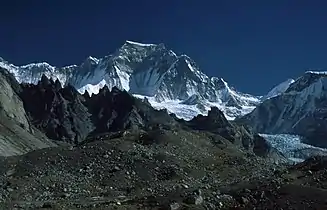 Gyachung Kang | |
| Highest point | |
| Elevation | 7,952 m (26,089 ft) Ranked 15th |
| Prominence | 700 m (2,300 ft) |
| Isolation | 8.24 km (5.12 mi) |
| Coordinates | 28°05′53″N 86°44′32″E / 28.09806°N 86.74222°E |
| Geography | |
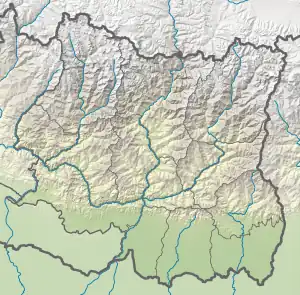 Gyachung Kang Location on China - Nepal border 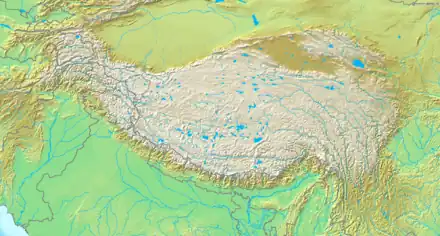 Gyachung Kang Gyachung Kang (Tibetan Plateau) 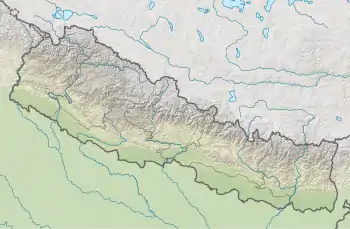 Gyachung Kang Gyachung Kang (Nepal) | |
| Location | Nepal - China |
| Parent range | Mahalangur Himal, Himalayas |
| Climbing | |
| First ascent | 1964 by a Japanese team[1] |
| Easiest route | glacier/snow/ice climb |
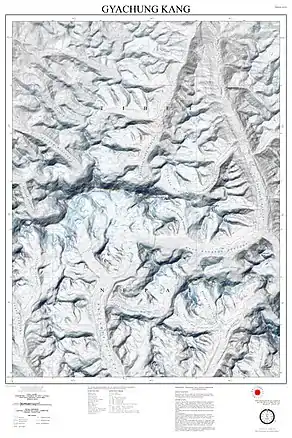
Gyachung Kang (Nepali: ग्याचुङ्काङ, Gyāchung Kāng; Chinese: 格重康峰; pinyin: Gézhòngkāng Fēng) is a mountain in the Mahalangur Himal section of the Himalayas and is the highest peak between Cho Oyu (8,201 m) and Mount Everest (8,848 m). It lies on the border between Nepal and China. As the 15th highest peak in the world, it is also the co highest peak (with Gasherbrum III) that is not 8000 metres tall; hence, it is far less well-known than the lowest of the eight-thousanders, which are only about 100 m (328 ft) higher. The peak's lack of significant prominence (700 m) also contributes to its relative obscurity.
Climbing history
The mountain was first climbed on April 10, 1964, by Y. Kato, K. Sakaizawa, Pasang Phutar, K. Machida and K. Yasuhisa.
The north face was first climbed in 1999 by a Slovene expedition and was repeated by Yasushi Yamanoi in 2002.
View

References
- ↑ "Japanese Team Conquers 25,910‐Foot Himalaya Peak". NY Times. April 19, 1964. Archived from the original on 6 September 2018.
Further reading
- Dahlman, Chris (2021). This Is Gyachung: The Story of Seiko's First Professional Mountaineer's Watch.
External links
- Slovene Gyachung Kang '99 Expedition at MountainZone.com
- Costly success on Gyachung Kang
- Report on the first ascent 1964 by Yukihiko Kato (in Japanese)
- Gyachung Kang Virtual Aerial Video
- New research in This Is Gyachung proves that Seiko's first professional watch came earlier than we had previously thought. (hodinkee.com)